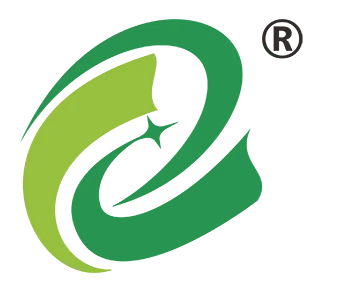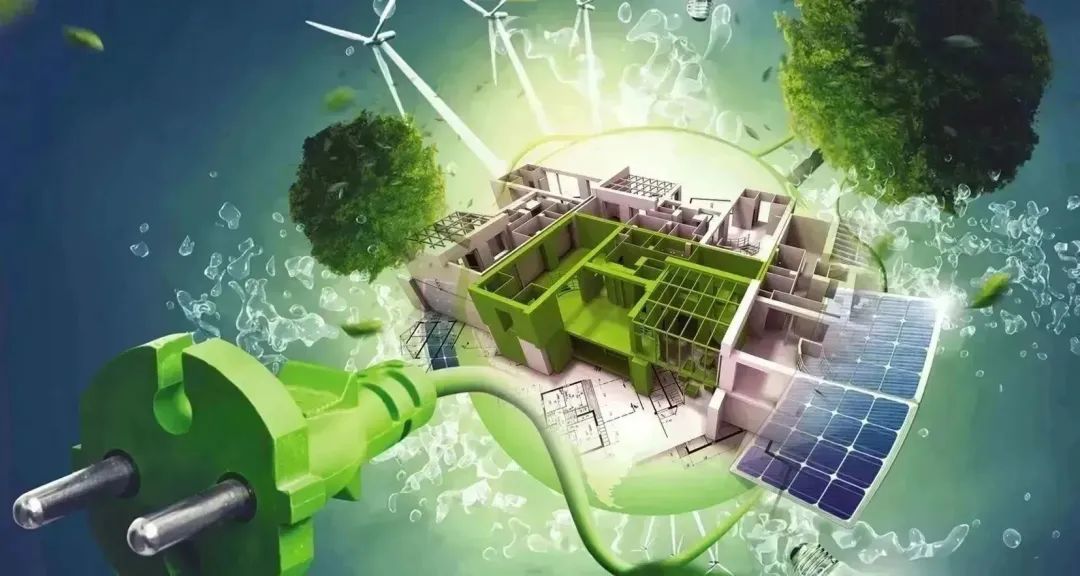The European Pultrusion Technology Association (EPTA) outlined in a new report how the adoption of pultruded composites can improve the thermal performance of building envelopes to meet increasingly stringent energy efficiency regulations. The EPTA’s report, “Opportunities for Pultruded Composites in Energy-Efficient Buildings,” introduces energy-saving pultrusion solutions for various architectural challenges.
“The increasingly stringent regulations and standards for the U-values (heat loss values) of building elements have promoted the greater use of energy-saving materials and structures. Pultruded profiles offer an attractive combination of properties for the construction of energy-efficient buildings: low thermal conductivity to minimize thermal bridges, while maintaining excellent mechanical properties, durability, and design freedom,” said the researchers.
Energy-Efficient Windows and Doors: According to EPTA, glass fiber composite materials are the preferred material for high-quality window systems, outperforming wood, PVC, and aluminum alternatives in overall performance. Pultruded frames can last for 50 years or more with minimal maintenance and limit thermal bridges, resulting in less heat transfer through the frame and subsequently avoiding condensation and mold issues. Pultruded profiles maintain dimensional stability and strength even in extreme heat and cold, and have a similar rate of expansion to glass, reducing the rate of failures. Pultruded window systems with very low U-values can significantly save energy and costs.
Thermally Separated Connection Elements: Insulated concrete sandwich elements are often used in the construction of modern building façades. The outer concrete layer is typically connected to the inner layer using steel rods. However, this can create thermal bridges, allowing heat transfer between the interior and exterior of the building. When high insulation values are required, steel connectors are replaced with pultruded composite bars, “interrupting” the heat flow and improving the U-value of the finished wall.
Shading Systems: The solar heat gained through large glass areas can cause overheating inside buildings, necessitating energy-intensive air conditioning. Therefore, “brise soleils” (shading devices) are increasingly being used on the exterior of buildings to control light and solar heat entering the building, reducing energy demand. Pultruded composites are an attractive alternative to traditional building materials due to their high strength and stiffness, light weight, ease of installation, corrosion resistance, and low maintenance requirements, as well as dimensional stability over a wide temperature range.
Rainscreen Cladding and Curtain Walling: Rainscreen cladding is a popular and cost-effective method of insulating and weatherproofing buildings. Lightweight, corrosion-resistant composite materials serve as the primary waterproofing layer, providing a durable solution for the outer “skin” of the panels. Composites are also used as fillers in modern aluminum-framed curtain wall systems. Projects using pultruded framing systems for glass curtain walls are also being implemented, with composites offering significant potential to reduce thermal bridges associated with traditional aluminum-glazed curtain wall framing, without compromising glass area.








